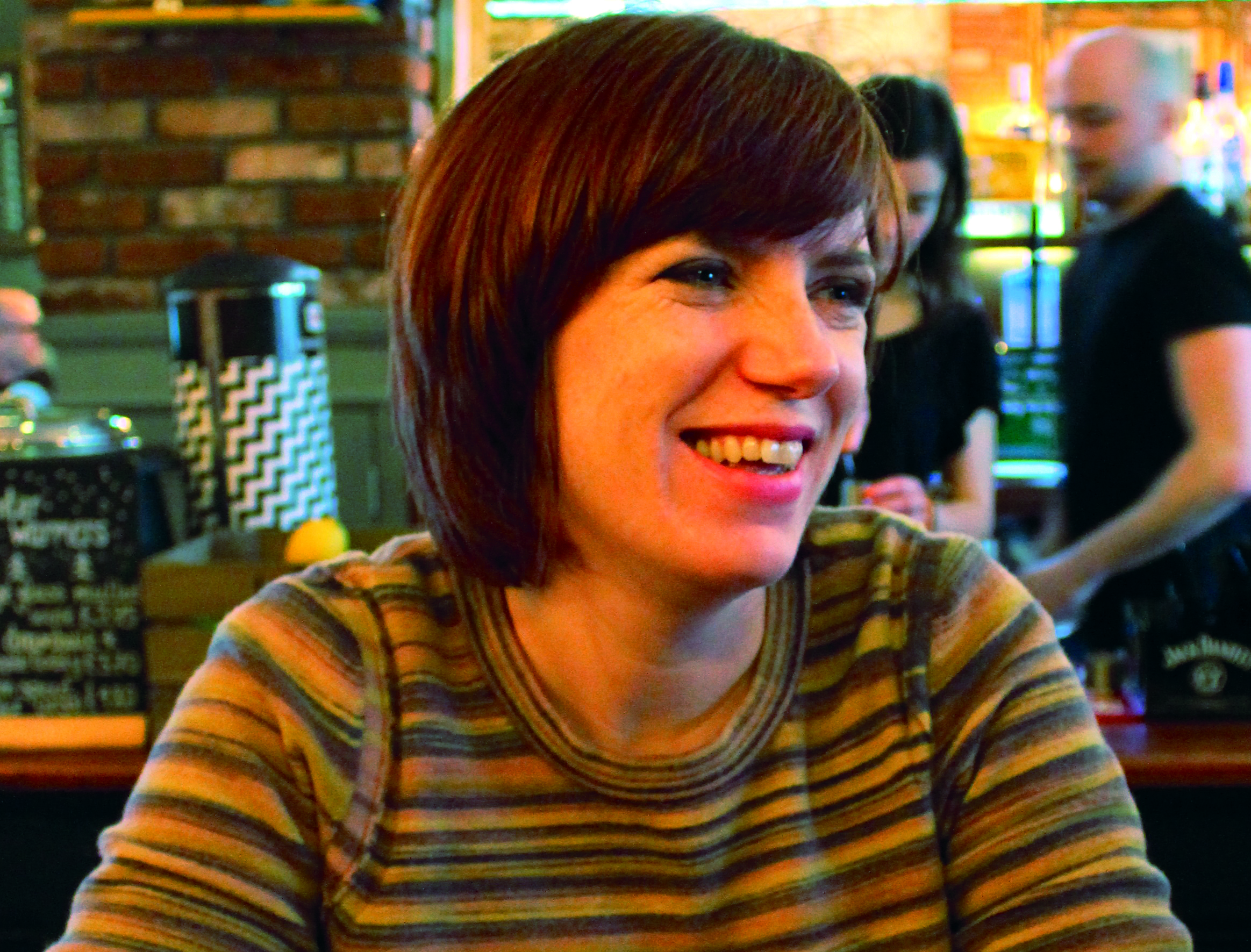Susan Smith reflects on the role of fundraisers within Scottish charities following the TFN Live event at the Scottish Fundraising conference
Fundraisers do generally get to go to the ball, which is only fair as they’ve probably organised it.
The next day, back at the charity HQ, though, many are still being banished to the cellar, hidden from public sight only to be remembered when somebody suddenly realises they need an extra £10,000 for a new project.
Despite charities focusing their attention on fundraising over the last few years, the TFN Live event at the Scottish Fundraising Conference still heard that many fundraisers feel like the Cinderella of their charity.
Why is this? TFN’s panel of fundraiser (Charlotte Bray), charity trustee (Val Surgenor) and charity communications specialist (Simon Francis) and the lively audience of fundraisers had a range of theories.
One was that charities still see themselves as service delivery bodies first with fundraising as a necessary evil add on – don’t admit you employ a professional fundraiser if you want the public to love you. In this paradigm, the charity is perceived as trying to change the world, while the salesy fundraiser is there to wheedle cash out of donors to help them do this.
A quick straw poll of the room uncovered two fundraisers who had entered the profession because they were good at sales, while the majority of the audience raised their hands (including the previous two) to agree they’d become fundraisers because they wanted to change the world. This outdated perception of charities and fundraisers is both untrue and insulting.
It’s true that while nobody sets up a charity to fundraise, often fundraising is the catalyst for starting a charity.
But what is a charity really? Is it staff and trustees, donors or beneficiaries – or all three? We know donors themselves want to change the world and they also want to be valued for contribution to a cause. So, maybe fundraising charities should consider their purpose twofold – to provide services and to create a positive donor experience.
The rumblings of a rebrand from fundraising with its sales and cash focus to donor relations is beginning to be heard, especially in the light of new data protection laws that may force charities to finally embrace relationship fundraising.
But can charities bring fundraising into their core media messaging? Simon Francis believes they can and should. One way is to make sure that donors are regularly publicly thanked for their support and he’ll outline some more ideas in a TFN blog in the next few weeks.
As a member of the Scottish Fundraising Standards Panel, it’s not surprising that Val Surgenor fosters a strong positive fundraising environment within Aberlour Childcare Trust, where she is chair. She points out that trustees have a legal duty to ensure responsible fundraising and to protect the reputation of their cause.
Sadly, that doesn't appear to be the experience of many fundraisers at the TFN Live event. They bemoaned the lack of fundraisers sitting on their own boards. Trustees, they say, often struggle to follow the advice of fundraisers, especially when Cinders herself points out that they’d be better off appealing to a few Fairy Godmothers (trusts and foundations) than holding yet another high cost, low return on investment glitzy ball.
So, despite new fundraising regulations, cuts in cold calling and opt-in rather than opt-out donation boxes, fundraisers in Scotland clearly still need to be empowered. There’s a whole swathe of options for bodies like the Institute of Fundraising to consider how best to do this, but, one thing charities can do is recruit more fundraisers to their boards – and fundraisers can to step up to the role of charity trustee and help create the culture change they seek.
The future of fundraising sees Cinderella taking on a central role in changing the world, especially if that means attending fewer balls.
Susan Smith is editor of Third Force News.







